
The best neuroscience stories of April 2017
Scientifica’s monthly collection of the best neuroscience stories includes ten fascinating articles from around the web about newly released research and advances in experimental techniques. Happy reading!
1. Stretching the boundaries of neural implants
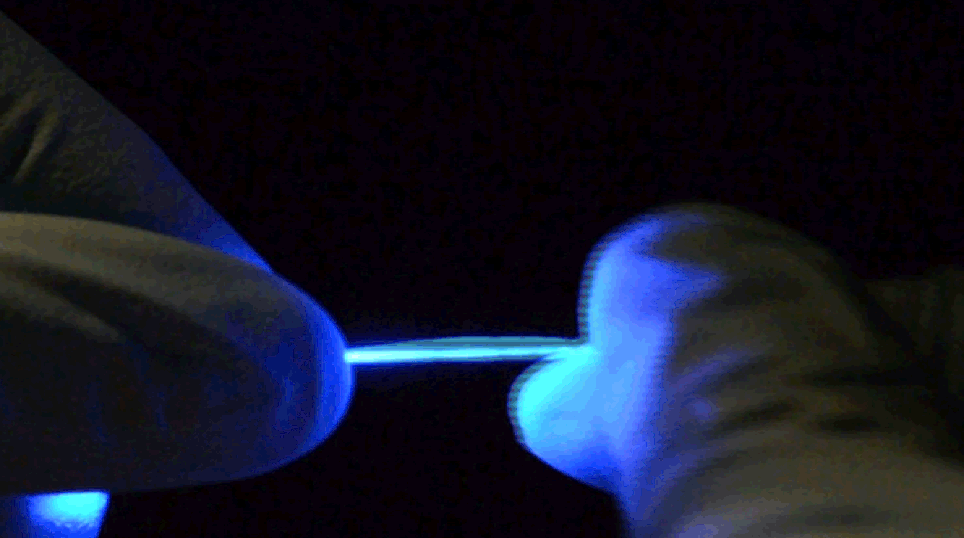 Credit: Chi (Alice) Lu and Seongjun Park
Credit: Chi (Alice) Lu and Seongjun Park
The use of implantable fibres in the brain has enabled neuroscientists to answer numerous research questions by stimulating specific targets and monitoring their electrical responses. However, due to the movement of the spine, it has been harder to develop implants that can withstand the strain of flexing and stretching.
Now researchers at MIT have developed rubbery multifunctional fibres capable of moving with the spinal cord. They can be used to study the neuronal activity in the spinal cord and may be able to restore function to damaged spinal cord tissue in the future.
Stretch your boundaries by reading more…
2. iTango: New technique studies neuromodulation in real time
Researchers at the Max Planck Florida Institute for Neuroscience have developed a light-sensitive technique to visualise and manipulate neuromodulation with unprecedented spatial and temporal precision using a newly designed gene expression system.
Named Inducible Tango, or iTango, the technique is a development of the Tango assay with the addition of a light-sensitive labelling system. The labelling system means that cells will only fluoresce if the neuromodulator of interest is present and the researchers are shining a blue light on the neurons of interest. The new method overcomes a problem with the Tango system which caused overexpression of sensor proteins leading to continuous fluorescence of the neurons.
iTango. Do you Tango?
3. Homing system delivers drugs to specific neurons
Drugs are the tool of choice for studying the connections between neurons and continue to be the mainstream treatment for neurological diseases. But a major drawback of medications is that they affect all types of neuron.
A new method named DART (Drugs Acutely Restricted by Tethering) may overcome these limitations by genetically programming specific cell types to express a sort of GPS beacon.
Target your own neurons and learn more
4. First long-term stabile brain implant developed based on an anti-inflammatory coating
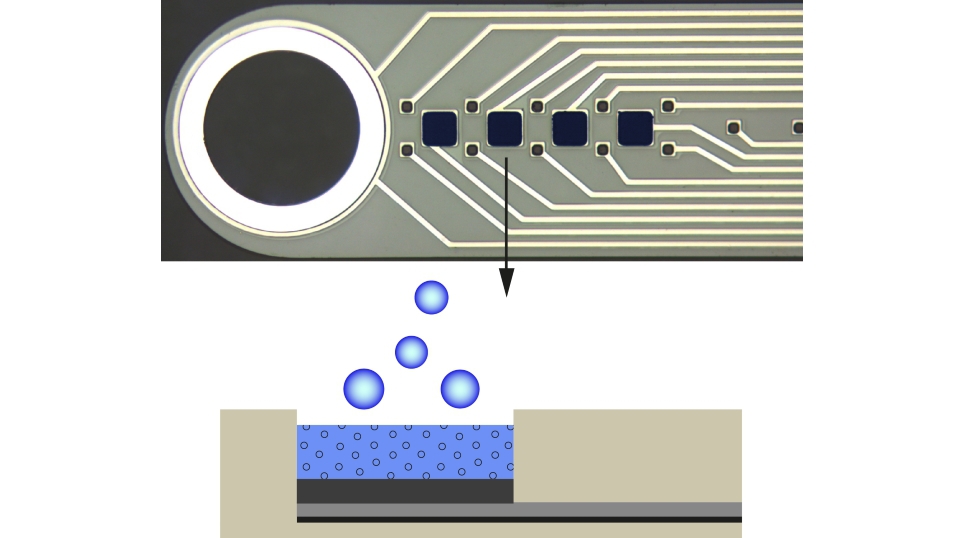 Credit: Christian Böhler, Maria Asplund
Credit: Christian Böhler, Maria Asplund
Engineers have created a microprobe that grows into neural tissue without triggering inflammation with the help of a medicinal coating. The probe can deliver strong signals up to twelve weeks after implantation.
The increased working time of the implants means they can open the doors for better diagnoses and will make life easier for the chronically ill who’s treatments include brain stimulation methods (e.g. Parkinson’s patients).
Implant some new knowledge in your brain
Entire nervous system of an animal recorded for the first time
Researchers made a live recording showing the firing of every neuron in an animal’s body. The images of a hydra as it twitches and moves has provided insights into how such simple animals control their behaviour. A similar technique may one day help us get a deeper understanding of how our own brains work.
Get all your neurons firing
6. Shining a light on the future of electrophysiology
Electrophysiological techniques are valuable experimental tools used in academic research and drug discovery settings. This article, from Technology Networks, describes these methods and indicates what the future of their use may look like when we consider the emerging optical reporters of cellular excitability and imaging technologies that are currently in development.
What does the future hold?
7. Study shows rapid growth in neuroscience research
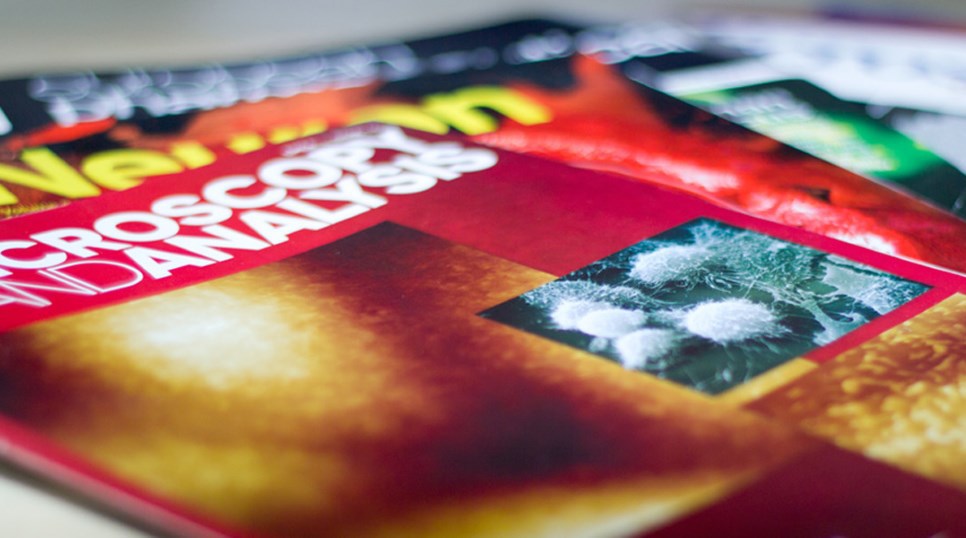
A study of neuroscience papers from 2006-2015 has revealed the most productive journals and contributing countries, and the most popular research topics.
The number of neuroscience papers published each year during the study period has increased linearly, showing that the field is active and growing.
Grow your neuroscience knowledge
8. ‘Mind-blowing’ discovery could revolutionise our understanding of how brain works
A study from UCL has shown that the area of the brain used to control a hand gets used instead to support the lips, feet or arms of people who were born with only one hand.
This ‘mind-blowing’ discovery shows that the brain is not organised, as many neuroscientists, believed, so that each area is responsible for an individual body part, but that different areas are responsible for different functions.
Dr Tamar Makin, the study’s senior author, suggested it might be that “the hand area is not the hand area per se, but just the part of the brain in charge of function 'normally' carried by that hand”.
Use your brain’s hand area to click here
9. Study shows protein in human umbilical cord blood rejuvenates old mice’s impaired learning, memory
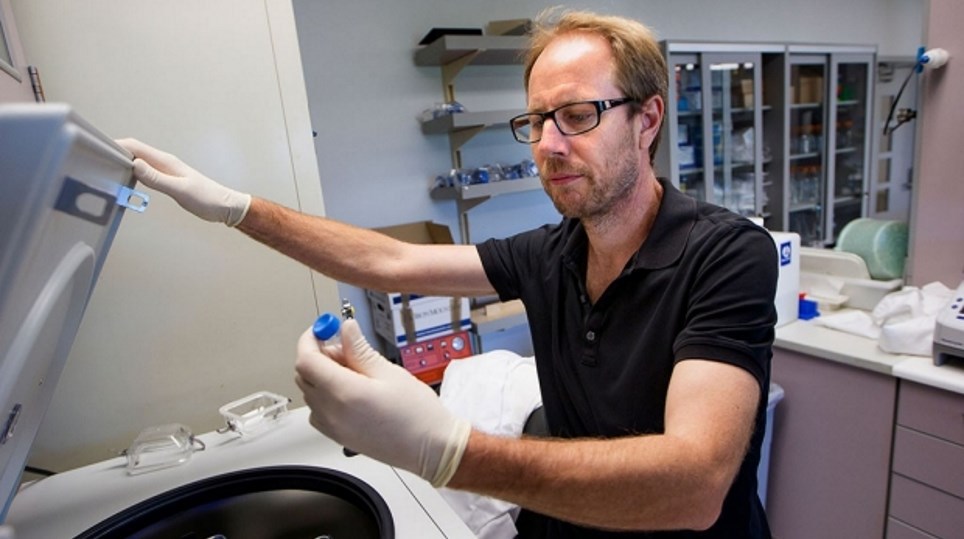
Credit: Norbert von der Groeben
Umbilical cord blood from human newborns, and in particular a single protein contained in it, boosted brain function and cognitive performance in old mice. The findings could lead to new treatments for age-associated declines in mental ability.
Keep your brain young. Read more…
10. A turbo engine for tracing neurons
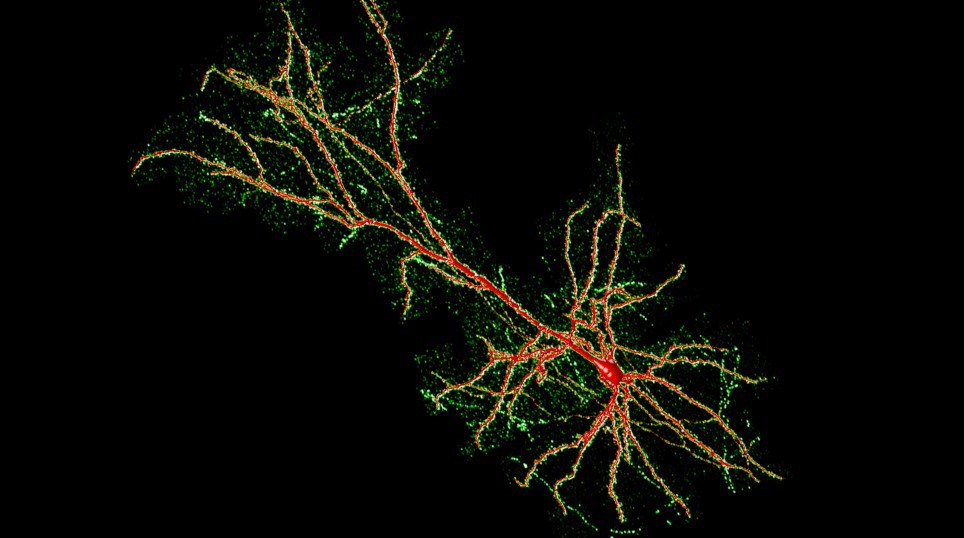
Credit: Allen Institute for Brain Science
A software wrapper, called Ultra Tracer, boosts the ability of existing neuron tracing algorithms to handle not just big, but enormous sets of data.
Developed by the Allen Institute for Brain Sciences, the software initially used the Allen Cell Types Database to learn what a neuron “should” look like and then modified existing algorithms to make them more efficient at handling large data sets.

)